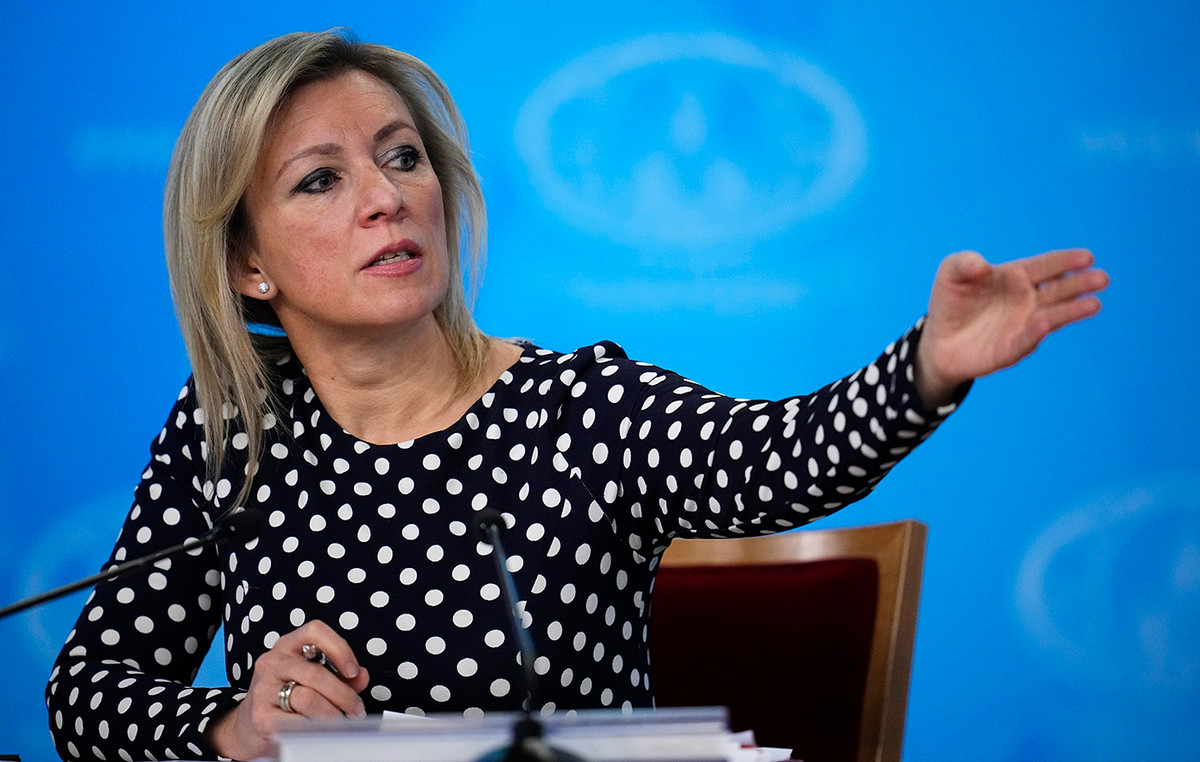- The US dollar regained some ground following Jerome Powell’s comments.
- The market remains confident of a rate cut in September.
- Investors are awaiting the June CPI outlook for US inflation on Thursday.
The US Dollar staged a mild recovery and the DXY rose to 105.20, thanks to recent comments by Federal Reserve (Fed) Chairman Jerome Powell before Congress, who refrained from embracing rate cuts in the immediate future, advocating patience instead.
With disinflationary indicators, the US economic outlook has raised hopes for a rate cut in September. That said, Fed officials are in no rush to implement cuts, choosing instead to rely on data-centric indicators before making such decisions.
Daily Market Wrap: DXY rises as markets weigh Powell’s remarks
- Jerome Powell reiterated the need for encouraging economic data to reinforce the Fed’s confidence in managing inflation effectively.
- He stressed that not only does high inflation represent a risk, but that he is reluctant to announce a rate cut until there is reliable evidence that inflation is consistently approaching the 2% target.
- However, he stressed the importance of meeting-by-meeting policy decisions, admitting that while progress has been made towards the 2% inflation target, recent data needs to be more encouraging to justify a rate cut.
- The US Consumer Price Index (CPI) is due on Thursday and will be closely watched by market participants.
- Annual headline CPI inflation is forecast to slow by two points to 3.1%, with the core reading expected to remain stable at 3.4%.
- According to the CME FedWatch tool, the probability of a rate cut in July remains below 10%, but around 80% for September.
DXY Dollar Index Technical Outlook: Recovery seems possible as long as DXY stays above the 100-day SMA
Although the DXY technically experienced a dip, losing 0.80% and falling below its 20-day simple moving average (SMA) last week, some recovery is now detected above the 100-day SMA. Both the RSI and MACD indicators have retreated into negative territory but are presenting better and gaining momentum on Tuesday.
However, the 104.78 area, denoted by the 100-day SMA, has held strong, repelling sellers and thus re-establishing support. Below there, the 104.50 and 104.30 areas could act as strong backstops against further declines.
The U.S. dollar
The United States Dollar (USD) is the official currency of the United States of America, and the de facto currency of a significant number of other countries where it is in circulation alongside local banknotes. As of 2022, it is the most traded currency in the world, accounting for over 88% of all global foreign exchange transactions, equivalent to an average of $6.6 trillion in transactions per day. Following World War II, the USD took over from the British Pound as the world’s reserve currency.
The single most important factor influencing the value of the US dollar is monetary policy, which is determined by the Federal Reserve (Fed). The Fed has two mandates: to achieve price stability (control inflation) and to promote full employment. Its main tool for achieving these two goals is to adjust interest rates. When prices rise too quickly and inflation exceeds the Fed’s 2% target, the Fed raises rates, which helps the dollar. When inflation falls below 2% or the unemployment rate is too high, the Fed can lower interest rates, which weighs on the dollar.
In extreme situations, the Federal Reserve can also print more dollars and enact quantitative easing (QE). QE is the process by which the Fed substantially increases the flow of credit in a jammed financial system. It is an unconventional policy measure used when credit has dried up because banks are not lending to each other (for fear of counterparty default). It is a last resort when simply lowering interest rates is unlikely to achieve the necessary result. It was the Fed’s weapon of choice to combat the credit crunch that occurred during the Great Financial Crisis of 2008. It involves the Fed printing more dollars and using them to buy US government bonds, primarily from financial institutions. QE typically leads to a weakening of the US dollar.
Quantitative tightening (QT) is the reverse process whereby the Federal Reserve stops buying bonds from financial institutions and does not reinvest the principal of maturing securities in new purchases. It is generally positive for the US dollar.
Source: Fx Street
I am Joshua Winder, a senior-level journalist and editor at World Stock Market. I specialize in covering news related to the stock market and economic trends. With more than 8 years of experience in this field, I have become an expert in financial reporting.







